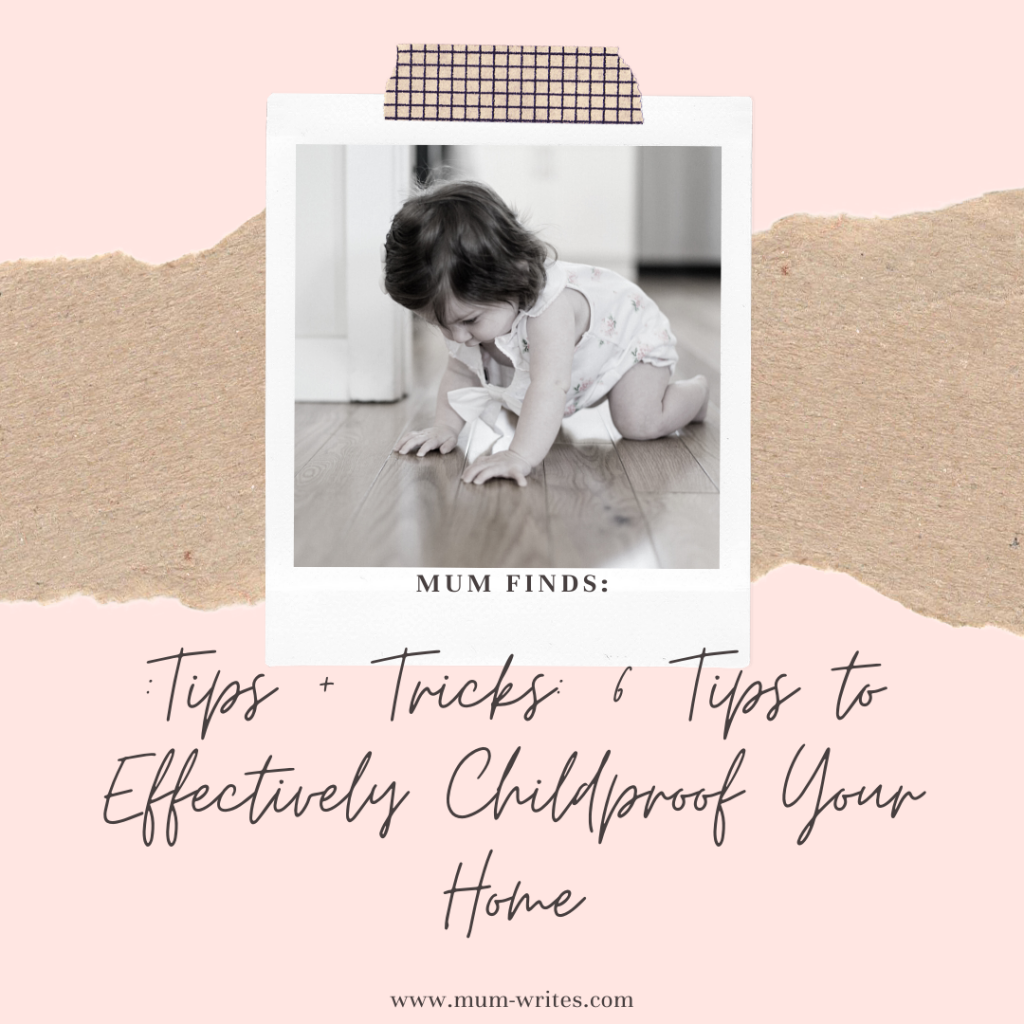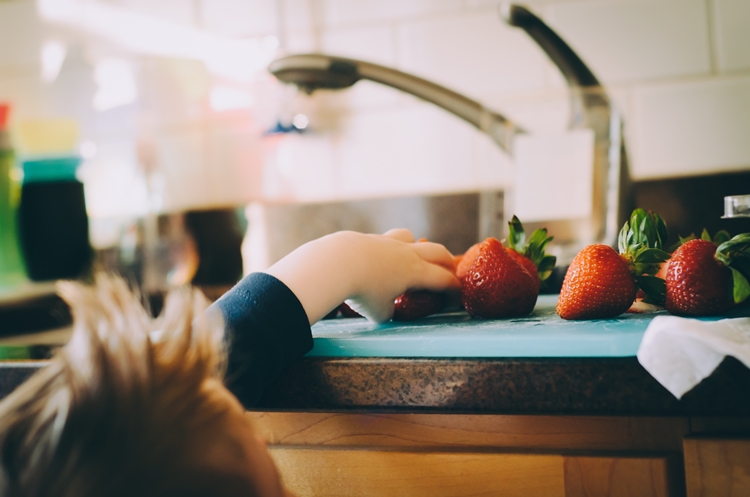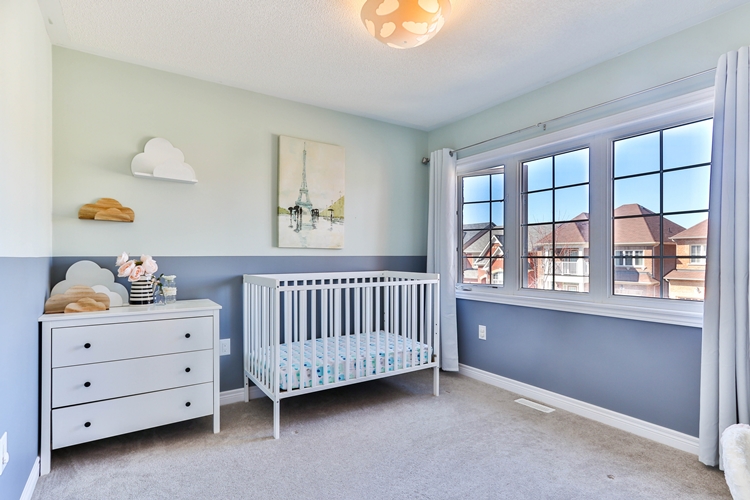
Sooner or later, your child will learn to crawl, walk, and jump around your house. Create a safe space for them with these child-proofing tips.
When moving into a new house or condominium, it is important to consider which areas of your home are safe for your child to roam around and play. With that being said, child-proofing is necessary to avoid the perils lurking in your home.
Whether you are moving into a brand new house, condo, or a foreclosed property, here are six tips for you to effectively child-proof your home.
Soften Sharp Edges
As your child starts to crawl and walk, add corner guards to your furniture to prevent your child from getting bruises and cuts from hitting these sharp corners. If your home has pillars and columns, install safety padding around them so that your kids won’t get hurt when running or crawling around.
If your kitchen and bathroom countertops are slightly rough because they are in a newly-purchased foreclosed house or condominium, sand them down to make a curved surface. Do any necessary household repairs that will make child-proofing hassle-free and effective.

‘Seal’ Everything that is Hazardous
Indoor safety gates are perfect for sealing off potentially dangerous parts of your home, such as the balcony area and the flight of stairs. Installing these safety doors will keep your kids safe from falling down and getting injured. Consider using child-safe doorknob covers to keep your child away from places that can be dangerous for them, such as storage rooms, bathrooms, and the main door.
When child-proofing other parts of your home, use safety latches on the toilet lid, medicine cabinets, China cabinets, refrigerator door, and the trash bin. These will keep children from harmful substances and falling objects.
If you need to watch over your kids while working in the kitchen, use the back burner of your stove when cooking to avoid any burns and potential fires. It is also advisable to use child-safe knob covers on your stove so that your curious little ones can’t turn the stove on.
Put covers on outlets, especially those that are within reach by your kids. This will save your kids from getting electrocuted, or causing any fires, especially if you live in a previously foreclosed house and lot that still needs electrical repairs.
Secure Electronic Devices and Furniture
Other than sealing your outlets, secure your furniture to prevent them from falling or getting knocked over by your toddler or preschooler. You can do this by mounting your television and other electronic devices on the wall, moving wobbly furniture such as tall lamps, and securing cabinets and tall furniture pieces on the wall.
Before mounting furniture and electronics on your wall, check for any cracks that may need repair or repainting. This will help strengthen the surface and avoid any further damage when installing brackets and fasteners.
Create a Soft Landing Surface
Sooner or later, your toddler will learn to jump around your home and will most likely enjoy jumping from one sofa to another. While kids eventually learn to land on their feet, it is still important to create a softer surface for them to land on, to avoid bumps or more serious injuries.
Large puzzle mats are great for making a cushion on your floor. Put these in your child’s play area, bedroom, or on your living room floor if you live in a smaller space. Not only will these mats “soften” the fall of your kids when playing around, but it will also cover any unsightly scratches on your floor. If you have carpets and rugs, put non-slip pads underneath so that your kids won’t slip and slide and get hurt when running around.
It is also crucial that you keep any furniture away from your child’s play area to keep them from accidentally hitting these and sustaining bruises, cuts, and other injuries.
Keep Breakables and Other Hazards Out of Reach
Keep away any breakables and hazards out of reach. You may mount wall shelving to keep home decor, ceramicware, and other displays away from your child’s reach. Sharp objects such as scissors, razors, needles, and knives should be placed in areas where it is impossible for your kids to reach them. If these are kept in drawers and cabinets, keep them locked or use safety latches so that your kids won’t easily open them.
Appliances should also be kept away from edges so that your crawling baby or walking toddler won’t pull on the cords and knock them down. It is best to install outlets on the part of your wall that is farthest to the edge of your countertop when renovating. With this, you can use your kitchen appliances without worrying about dangling cords that may be pulled by your kids.

Secure Nursery Furniture and Choose Non-Toxic Materials
When it comes to increasing the safety of your baby’s nursery room, the furniture pieces are the most important. With that being said, keep your baby’s crib or playpen away from windows, tall lamps, electronics, and wall decor.
The mattress in your baby’s crib should be lowered so that your baby won’t lean and fall over. Avoid stuffing your baby’s crib. There shouldn’t be too many stuffed toys and pillows, to avoid suffocating your baby. If your baby’s crib has a mobile, make sure that its parts are securely attached, with nothing loose that may fall off and be a choking hazard for your baby.
The interior design of your baby’s nursery should also be child-safe and non-toxic. If you are converting a bedroom in your foreclosed home into a nursery, get a professional to remove any flaking paint, as these may cause lead dust particles to circulate the room. Use bright non-toxic colors to repaint your renovated nursery.
With these child-proofing tips, you create a safe and secure environment for your baby to grow, learn new skills, and play. These tips also help you sleep well at night and worry less about potential hazards that may harm your child.
